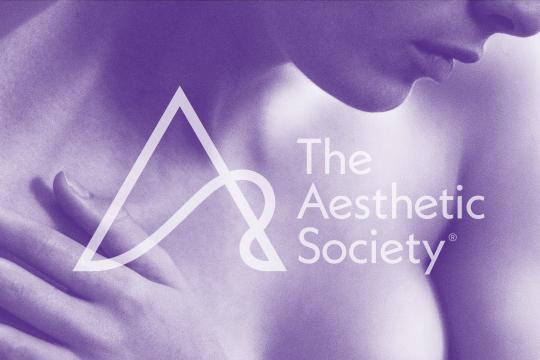
It’s interesting that you never hear much about the specific lasers used for hair removal. Ads, Groupons, med-spas and those ladies that hold house parties like to give you the blanket “laser hair removal” term, but there isn’t just one type of laser - there are many, and one might be a better fit for you than another. Before choosing to spend the dough on laser treatments, you should probably educate yourself on the different options available and which may be best for your specific needs.
Having friends that have undergone myriad hair removal treatments, I wanted to share their favorite (lasers), because they’re permanent and usually fairly pain-free.
Here are the 5 main options anyone considering laser hair removal should know about:
Intense Pulsed Light (IPL)
Common Names: PhotoDerm, EpiLight, Quantum, Aculight, Vasculight
Probably the most commonly used laser for hair removal. IPL delivers a wide range of light including infrared spectrum. There are many systems that fall into this category; Aculight and Quantum are systems that are more user friendly and commonly used by novice operators. The limitations which make these systems easier to use make these machines less effective. Up to 8-10 treatments are needed for permanent hair reduction in a span of 2-8 weeks using IPL treatment.
Best For: IPL is gentle and usually painless, which means it can be used virtually anywhere on the body, making it a good choice for those with sensitive skin and a low threshold for pain.
It works best on those with dark hair and fair skin, but can be used on all skin types.
IPL isn’t recommended for white or blond hair.
Diode Laser
Common Names: SLP, F1 Diode, LightSheer, MeDioStar, SopranoXL, LaserLite, Epistar, Apex
The Diode laser is hugely popular and fairly new. It has a long wavelength, which allows deeper penetration of light into the follicle and less damage to the skin itself. There is also a low risk for discoloration. Keep in mind, because this laser is fairly new to the game, there is less experience and less long-term data in evaluating how successful this laser is for hair removal.
Best For: This laser is good on most skin colors, but performs best on light to medium skin tones.
The procedure is quick with minimal side effects, but you may need several sessions. Because it features newer technology, longevity of results cannot yet be accurately assessed.
Nd: Yag
Common Names: CoolGlide, Medlite IV, Varia, Athos, Lyra, Sciton Profile, Image
Cutera, Cynosure Elite, Candela, GentleYAG
The Nd: Yag units are often used to remove tattoos and hyper-pigmentation, but can be used for hair removal as well. The longer wavelength allows deeper penetration into the skin without discoloration, but you may require more treatments than other lasers.
Best For: This is the preferred method for dark skin to minimize risks of post-treatment blistering and pigmentary change, though it can be used on the full range of skin color.
Unfortunately, these lasers are less effective on fine hair and tend to be painful.
Alexandrite laser
Common Names: Candela, GentleLase, Cynosure Apogee, EpiTouch Plus
These lasers are the fastest lasers out there, which means you can cover more area in less time. Alexandrite lasers have a shorter wavelength which makes them well suited for light or olive colored skin. It has been proven most effective for fine, thin hairs that the other types of lasers have not been successful in eliminating.
Best For: The speed makes this a great option for those wanting to cover larger body parts, like legs and back.
Unfortunately, there is some discomfort involved and there is a significant risk for discoloration and burns in those with medium to dark skin.
Ruby laser
Common Names: RubyStar and Palomar E2000
This is the oldest type of hair-removal laser and uses the shortest wavelength, which makes it very effective if your hair is lighter or finer. They are relatively painless, which make them good for sensitive skin.
Best For: Light or fine hair, light skin, sensitive skin.
Ruby lasers can cause pigment changes in those with anything but fair skin. They also cover a relatively smaller area than other lasers.
Where you go and who performs the procedure is critical because it plays a big role in the outcome. The same type of laser can vary depending on where you get it and who wields it. If the laser is an outdated model or a rental or not up to code or it was purchased from some questionable discount site you are at a greater risk of injury or getting a poor result.
Lastly, don’t forget a high powered laser can make a huge difference, but can also do great damage. You want someone who is well trained and works with federal regulations taking care of your needs, especially when there can be permanent scarring and burning in the wrong hands. This procedure has a 95.8% patient satisfaction rating based on RealPatientRatings®. To find a board-certified plastic surgeon in your area with experience performing this procedure, use Find A Surgeon search tool.



